
6 Revenue-Generating Ecommerce Pricing Strategies
Comprehensive pricing strategies are quickly becoming recognised by eCommerce retailers as a faster route to success and a force to ignore at their peril.
Poor pricing strategies result in missed opportunities to acquire new customers, to make that extra margin on your profit and gain that additional market share percentage.
Too many retailers are still losing customers to their competitors and lowering profits by leaving money on the table.
This blog article explores how the right pricing strategies positively impact your brand, manufacturing or retail business.
We’ll also share actionable insights which will influence consumer behaviour and positively impact your share of the market.
What is an eCommerce pricing strategy?
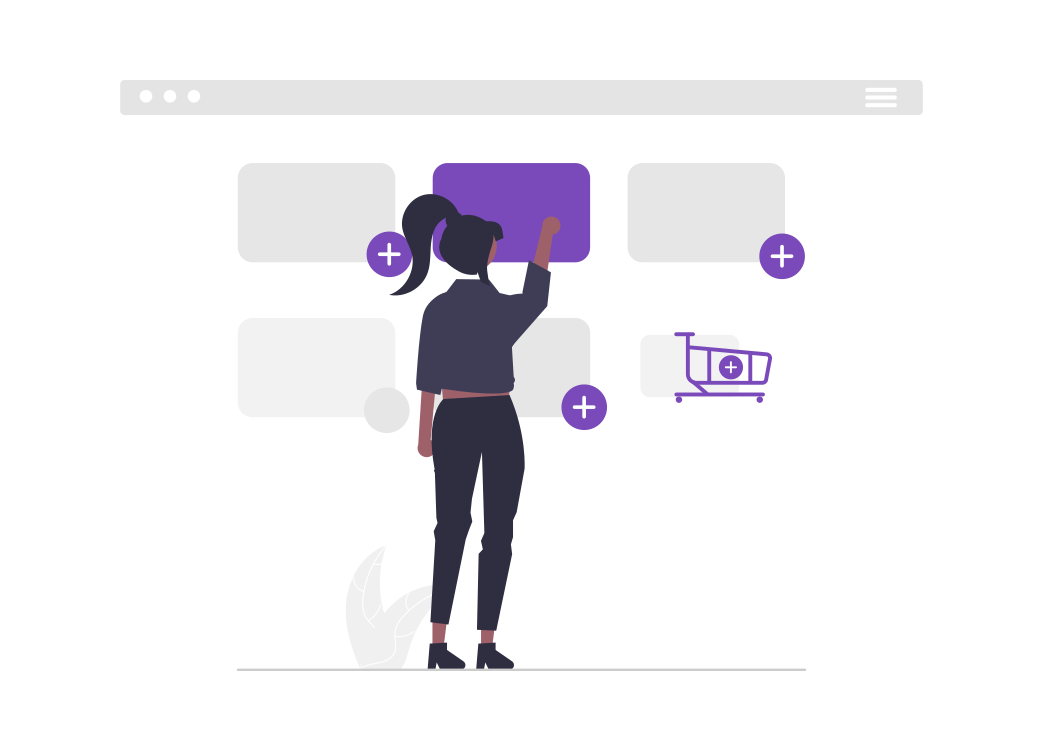
All too often we see businesses implement rudimentary pricing strategies, focused on adjusting pricing ‘just below’ their competition or simply taking the manufacturers recommended or suggested retail price (RRP / MSRP) and expecting customers to make the purchase.
By simply following your competitors, you’re taking a passive approach, gaining short-term easy wins which aren’t sustainable. It’s easy to be distracted by checking every competitor website or online shopping channel to see how you compare. However as an eCommerce business you need a sustainable pricing strategy to position you up with the herd.
The well-respected book ‘Managing Price, Gaining Profit’ by Michael V.Marn and Robert L. Rosiello, featured in the Harvard Business Review, still resonates with scale-up retailers.
Based on the average economics of 2,463 businesses surveyed, whilst a 1% increase in volume delivered a 3.3% profit increase; it was the 1% boost in prices which returned an 11.1% profit uplift.
A 1% boost in price returned an 11.1% uplift in profit.
No extra selling, no extra marketing or sales costs, simply a 1% increase in the selling price to earn an 11% RoI.
eCommerce businesses often evaluate three main criteria when determining their pricing strategy:
- Product type - consider cost, psychological pricing, variable costs, sale price, production costs, bundle pricing and segmenting pricing by customer.
- Demand for the product - evaluate enhanced profitability, the right pricing model, the best price by segment, similar products, understanding customer needs and pain points and the impact of low price (or ‘economy pricing’)
- The level of competition for that particular product or product group - consider product price, premium price, new market challenges, long-term impact of their pricing method, and the total cost of a product across its entire lifecycle.
Pricing strategies that make you think

No one pricing solution fits every organisation. That’s why every business leader targeted on sales growth should be cognisant how to apply one or a combination of six crucial pricing strategies to their eCommerce enterprise.
Competing on price is a dangerous strategy, effectively a game of poker, a race to the bottom with the last survivor winning.
Here’s Skuuudle’s take how to develop your approach to pricing from these six strategies, each with actionable take-aways:
- Cost-Plus Pricing
- Competitor Pricing
- Value-based Pricing
- Price skimming
- Penetration Pricing
- Dynamic Pricing
By tackling these pricing strategies, hopefully you’ll action at least one of these sacred cows to make a change to your online business.
1. Cost-Plus Pricing
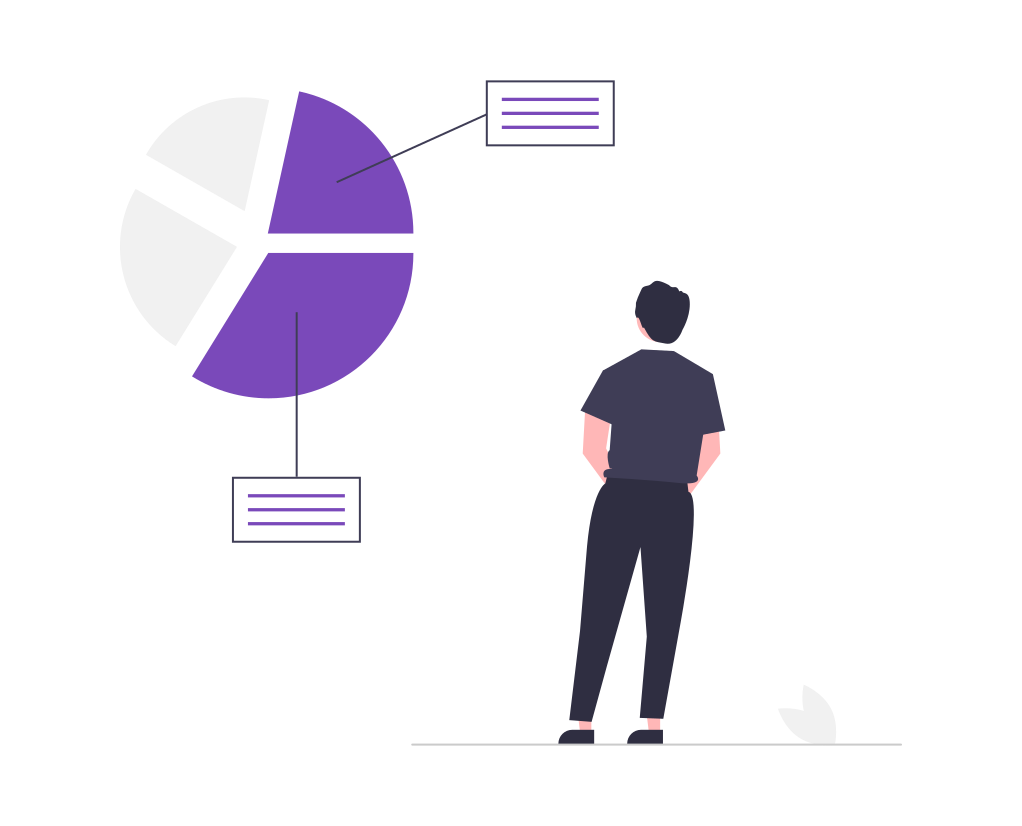
Is this simply calculating the cost of sale plus a margin?
Let’s kick off with our first strategy: cost-plus pricing.
Here we calculate the cost of production from inception to completion, adding a mark-up to determine the selling price.
Here’s the maths:
Let’s say our handmade boutique sofa cost £2,000 to produce and you’re looking for a 50% mark-up. The equation will be:
(Cost of goods sold x mark-up) + cost of sales = Selling price
£2,000 x 50% + £1000 = £3,000
Many eCommerce companies employ this pricing strategy because it's relatively easy and doesn’t take too much calculation. It protects the products RRP and guarantees profitability.
A bit too simple?
What are the most common mistakes eCommerce brands make with cost-plus pricing?
In addition to direct labour, machinery, materials and marketing, some brands don't consider other fixed and variable production costs to make our sofa, which is why manufacturers should factor in their product's entire lifecycle, from manufacturing to delivery and even potential returns, cash backs, and reshipping.
And then there’s the market.
What is our customers price sensitivity to our £3,000 handmade sofa. Too expensive? Are we under-pricing and losing out on profitability?
Calculating cost-plus pricing suggests we’re blinkered from other sofas in the market and how customers value our handmade boutique sofa.
Cost-price-plus pricing strategy is a well-established pricing strategy to help you set a sale price and guarantee a profit margin, however it fails to consider the market demand, sensitivity and customer behaviours.
This is why we’ll introduce you to the opposite end of the pricing strategy spectrum with our next pricing strategy.
2. Competitor Pricing
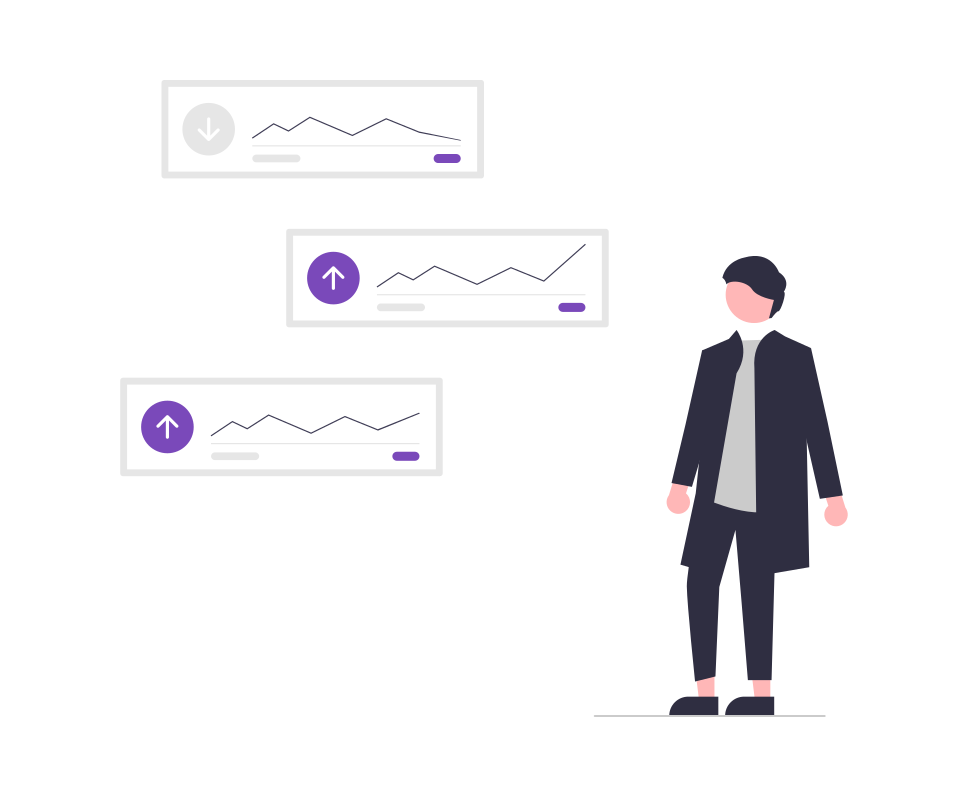
If cost-plus pricing is focused on achieving a fixed manufacturers profit, competitor pricing is hell-bent on matching how your competitors price.
Whilst this might seem sensible, it is an equally risky strategy.
These are just some of the vulnerabilities by following the crowd.
- how do you know your competitors expected margins, purchase or manufacturing costs are sustainable?
- how do you know your competitor’s attitude to profit, sales and grab for market share growth compare with yours?
- do you know their attitude to their product’s life cycle and how can you trust they haven’t mis-calculated their own pricing strategy?
- what if your competitors are choosing not to re-stock certain products and offloading cheaply?
- are your competitors in the market to seduce customers with a short-term market share strategy and relinquishing long-term gains, and if so, do they understand their customers pricing sensitivity?
Those choosing to follow the market with a gung-ho competitor-only attitude to pricing, will invariably be beaten on price by those utilising competitive pricing intelligence. Knowing their competitors secrets will enable them to make better informed decisions and adjust pricing when it’s right for them, leaving you to pick up the pieces when the market shifts.
At least by utilising high quality pricing intelligence, you’ve revealed your competitor’s pricing intelligence and capitalised on it.
Let’s re-think how we could establish our pricing strategy with the customer in mind.
The key actionable issues required to integrate a competitor pricing strategy are:
- use this strategy when you’re learning a new market and still finding your feet.
- competitor pricing allows you to experiment with price elasticity.
- if your product is highly differentiated from your competitors, be sure if competitor pricing is the best strategy for your product, service and target audience.
- consider your market intention. If you’re in this for the long-term, you need to be considering a more sophisticated pricing approach which leads us into our next strategy.
3. Value-based Pricing

Why do customers value this pricing strategy?
Rather than initiating a cost-plus approach to pricing which focuses on production costs, market price, or competitor pricing; a value based pricing strategy underpins how consumers perceive the value of a product or service.
Customers perception of your product’s value is crucial to how you price. Changes in trends, economics and demands over time, reflect price variations our increasingly sophisticated customers find acceptable.
The requisite value we must consider is the price our target audience is prepared to pay. Psychologically, customers will quickly evaluate your price and product’s features, comparing them with the next best alternative. They’ll ask themselves if your product or service has sufficient differentiation to warrant paying the higher price.
This is the unusual dichotomy which exists between value and pricing.
Dropping prices on luxury items, whether first-class travel, the finest jewellery or high-end vehicles is rarely a successful move. Tactically dropping prices de-values products and the climb back to their full selling price will challenge any marketing department.
Each of these global brands had built world-class reputations, only for Burberry in the late 1990’s, Macy’s in 2005 and British Airways in the autumn of 2016, to make flawed pricing decisions which negatively impacted their brand perception, losing considerable revenue, kudos and value.
Applying value-based pricing necessitates a clear product proposition, with each differentiated feature earning its value and having to justify the price premium consumers are willing to pay.
Fundamentally you’re putting the customer at the heart of what you do.
The key actionable issues required to integrate value-based are:
- know your target audience’s appetite to buy.
- practice competitor pricing intelligence to build product value and a successful online channel.
- define a clear feature-rich, product differentiated proposition.
This steers us towards our next strategy aimed at high margin, low volume products and services.
4. Price Skimming
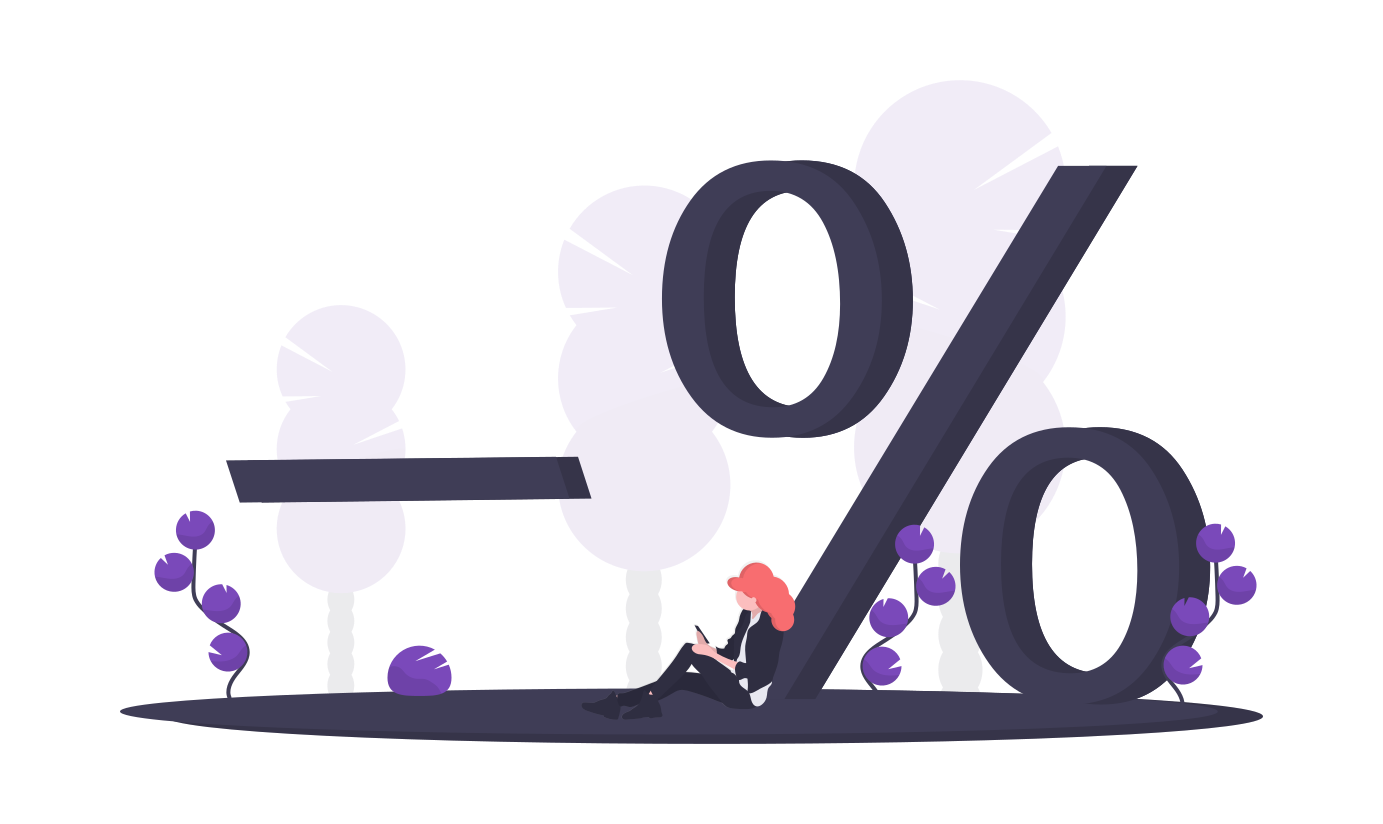
Is price skimming the right strategy for your business?
This tailored strategy is designed to initially appeal to a niche, price-insensitive audience. Quality is their motivator, with the desire to be recognised as ‘first-to-have’ innovators. These customers place incredibly high regard on a differentiated service and prepared to pay a handsome premium for it
Imagine a tech-guru hungry for the next Apple or Samsung mobile, a petrol-head making a down payment 12-months in advance for the next luxury marque or a sports enthusiast eager to upgrade to their next specialist piece of equipment.
Retailers targeting this audience have lofty ambitions to create significant profit margins from high-end products and services. Price skimming is not a strategy for a pile ‘em high and sell ‘em cheap mentality. Price skimming is designed for low volumes to keep the market scarce and prices high. For as long as possible.
This can be a highly successful strategy depending on a few key criteria:
The product/service must:
- deter the competition from establishing a competitive advantage.
- have a significantly well-established high-end brand to maintain their well-respected value proposition.
- recognise their audience is price-inelastic, and unlikely to respond to discounts to drive volume, so the product differentiation must be clearly demonstrated.
With perishable products and services, price skimming may involve reducing the initial price of a product over an abridged period of time, as long as this is delivered in small, stepped increments. Imagine a gradual reduction in the value of a Saturday evening theatre ticket. Light discounting is acceptable if the performance hasn’t fully sold out and it’s better to yield some revenue for this perishable commodity than nothing at all.
On the other hand, heavily discounting high-value items looks suspiciously desperate, and will compromise your brand integrity, an issue first-class travel has had in recession-hit economies.
What happens once retailers have saturated their price insensitive audience?
Using a combination of go-to-market product innovation and effective re-marketing, retailers must re-whet the appetite of their target customers who are likely to re-purchase new products. That same audience should recognise the new features of the new products and service upgrades, maintaining their desire to be first to market.
Price skimming is an effective strategy for online retailers once product release cycles grow shorter, with the mission to avoid obsolete or unsold stocks.
The key actionable issues required to integrate price-skimming strategy are:
- as with value-based pricing, price skimming requires a clearly expressed differentiated product proposition.
- know your target audience’s price-point to buy.
- price-skimming can safeguard retailers from market incursions by like-for-like competitors or imitation products.
- keep iterating product development to maintain the brand’s high-value reputation.
- deploy product matching technology to capture pricing intelligence to evaluate new entrants, market demand and competitor’s pricing strategies.
Having discussed the high-margin, low volume approach price skimming brings, the diametrically opposite strategy is our next opportunity to generate online revenues.
5. Penetration Pricing

When is it best to implement penetration pricing strategy?
Setting an attractive and competitive price when entering the market, enables an organisation to gain the attention and raise the awareness of products or services to a broader audience.
As a result, penetration pricing uses the aggressive silver bullet approach to win market share by enticing a large proportion of the population to buy a go-to-market product or service launch.
Growing market share in large proportions, generates volumes to secure profitability.
Penetration pricing is often used by discounted retailers and subscription service providers such as Netflix, Canva, Hello Fresh, Spotify and Amazon Prime, requiring high online footfall to maximise sales volume. The ambition is to provide customers with a taste of the product or service, identifying the value that paying full price is worth the pain it overcomes, with regular repeat business.
Penetration pricing is most effective when a large proportion of the population is willing to switch, attracted by the promise of lower prices. However savvy customers are not easily skewed by price alone.
Implementing this strategy needs to have clear articulation to win over a discerning audience and must, like any brand, consistently reflect their low-cost, high-volume attraction.
Once the retailer, brand or manufacturer has established their market position, won market share and even potentially softened competitor power, they can look to adjust their penetration pricing towards value-based pricing or competitor-based pricing after knowing users are hooked.
Price rises must always be accompanied with bona-fide reasons for justifying the increases, which could be the promise of enhanced features.
The key actionable advantages to integrate price-skimming strategy are:
- a willingness to provide free trials, no-hassle guarantees, staged pricing, freemium versions for subscription services.
- for online retailers, genuine low pricing and choice must be the key drivers to instigate consistent footfall volume.
- encourage loss-leaders to drive traffic.
- the brand proposition must clearly convey and consistently deliver what the customer can expect.
6. Dynamic Pricing

A dynamic pricing strategy is a rarely fixed, temporal pricing model responding to changes based on demand. Airbnb and Amazon use AI-based dynamic pricing strategies to continuously monitor how shifting pricing will help them grow in highly competitive markets. Shifting prices enables businesses to remain competitive, capture a larger share of the market maximise their profits and stay ahead of their competitors.
With perishable products and services, meeting customer demand whilst balancing competitor pricing, is crucial to avoid surplus grocery stock or perishable customer-driven services.
How does dynamic pricing work?
During the pandemic, we observed extreme price elasticity, with household panic-buying of consumables, exceeding traditional prices tolerances. Surges in demand sent retailers rationing and dynamically price-shifting products to suppress demand and re-balance stocks to avoid customer disappointment, as these products became scarce.
However, this isn't limited to crises.
Capacity-constrained product and service providers often adopt dynamic pricing solutions. Airlines, accommodation and car rental providers complement revenue management systems, expertly applying supply and demand criteria, overlaid with prior year and seasonal intelligence to maximise yields.
eCommerce retailers for example grocers, selling perishable products, also adjust prices in response to real-time consumer behaviour, supply and ‘best before’ dates with discount pricing.
By combining competitor-based pricing with this strategy, eCommerce brands must respond at lightning speeds to consumer and competitor behaviour changes. They can make pricing adjustments to premium pricing points or bundle pricing, based on consumer demand or market price fluctuations.
The drawbacks?
If you're regularly manually monitoring competitor fluctuations or manage a high volume of SKUs that need constant adjustment, your human price checking capabilities may become exhausted.
Accurately checking hundreds of prices across thousands of SKUs is labour-intensive and error-prone with the risk of making pricing decisions based on the wrong data.
Just imagine the repercussions of under-pricing and losing out on valuable profit.
Automated price scraping services can replace traditional manual methods, quickly managing price changes to maximize results.
The key actionable issues required to integrate dynamic pricing are:
- if your product or service is elastic and competitors frequently adjust pricing depending on supply and demand, consider dynamic pricing as the most appropriate strategy.
- balance the time and effort manually monitoring and adjusting prices with the potential loss in profitability. If you manage too many skus without enough resource, your dynamic pricing strategy may require a more sophisticated automated process to capture data.
- if it’s business-critical to avoid unsold, perishable stock reducing your business’ profitability, dynamic pricing will help to identify pricing opportunities and capture profits that have otherwise been missed.
- finally, a more sophisticated automated process will capture data, and build pricing intelligence that can help you make better informed pricing decisions, not simply responding to tactical competitor pricing adjustments.
Conclusion
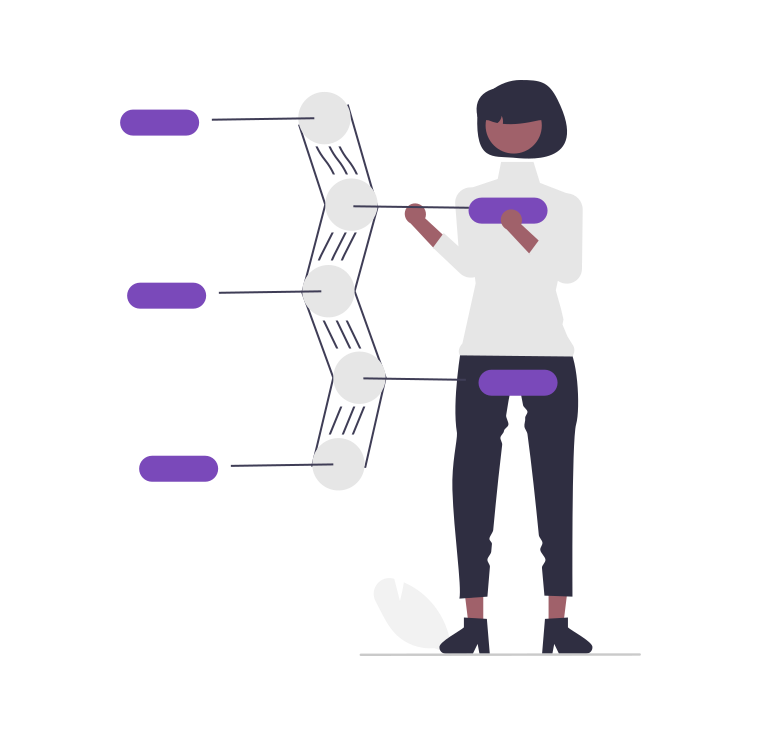
eCommerce is still relatively new in the history of global business.
And yet again, online businesses have a new dimension to consider and manage. In addition to marketing, sales, legal, finance, admin and of course customer service; pricing should be recognised as a critical element to online business growth.
Just as eCommerce is a largely transparent channel, a defined pricing strategy enables businesses to establish a clear policy when we need to adjust pricing, how we respond to the market and how we stay with the herd. Not just become a follower.
Remember the statistic at the head of this article:
“A 1% boost in price returned an 11.1% uplift in profit”
As a result an eCommerce north star pricing strategy must be carefully curated. Alone, a pricing strategy is not the single shining panacea for business success.
Understanding the market's shifting behaviours, variable and indirect costs and of course your customers behaviour are just some of the key parameters when creating a successful strategy.
As a business owner manage a pricing team, you must have visibility across all areas that impact your product and customer lifecycle, with the processes and tools in place to respond quickly and take proactive measures.
If you’ve enjoyed this article and keen to know more from our pricing specialists, contact Skuuudle to discover how we can assist your eCommerce pricing strategy, and unlock new growth opportunities.
Skuuudle Demo
Monitor your competitors prices
Start a custom demo with your competitors data included
